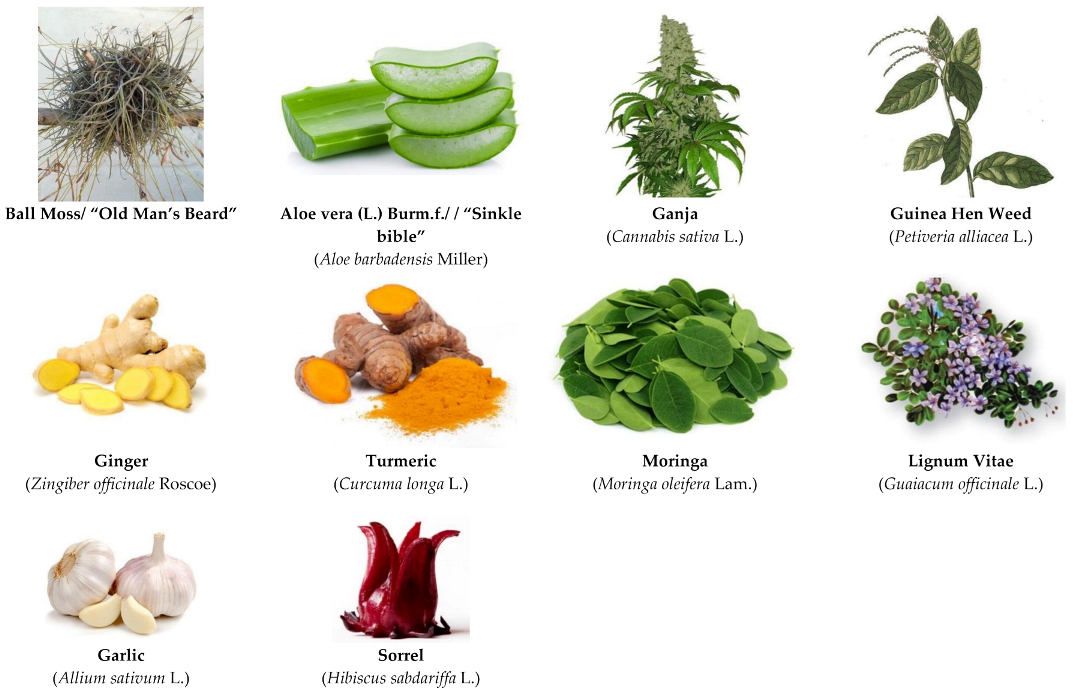Medicinal Plants Used for Pain Management: Willow Bark and Others
Pain is one of the most common ailments affecting people globally. While modern medicine offers a range of synthetic painkillers, the side effects and risks of long-term use have led many to explore natural alternatives. Medicinal plants have been used for centuries as effective remedies for pain management. Among these, willow bark is particularly well-known, but many other plants also play a role in alleviating discomfort.
1. Willow Bark: Nature’s Aspirin
1.1. Active Ingredient
Willow bark contains salicin, a compound similar to aspirin (acetylsalicylic acid). Salicin is metabolized into salicylic acid in the body, providing anti-inflammatory and pain-relieving effects.
1.2. Uses
Traditionally, willow bark has been used for:
- Headaches
- Muscle pain
- Arthritis
- Lower back pain
1.3. How It’s Consumed
- Tea: Boiling willow bark in water for a soothing tea.
- Capsules: Standardized doses in supplement form.
2. Turmeric: The Golden Remedy
2.1. Curcumin’s Power
The active compound in turmeric, curcumin, has potent anti-inflammatory and analgesic properties.

2.2. Benefits for Pain Relief
- Arthritis: Reduces joint inflammation and pain.
- Muscle Soreness: Helps athletes recover from intense exercise.
- Chronic Pain: Supports overall pain management.
2.3. How to Use Turmeric
- Adding turmeric powder to food or smoothies.
- Consuming curcumin supplements for concentrated doses.
3. Ginger: A Multifaceted Healer
3.1. Gingerol and Its Effects
Ginger contains gingerol, an active compound with anti-inflammatory and analgesic properties.
3.2. Pain-Relieving Benefits
- Menstrual Cramps: Reduces discomfort during menstruation.
- Osteoarthritis: Improves joint mobility and decreases stiffness.
- Migraine Relief: Soothes headache symptoms.
3.3. Consumption Methods
- Fresh ginger tea or juice.
- Ginger oil for topical application.
- Capsules for systemic relief.
4. Capsaicin: The Heat That Heals
4.1. Derived from Chili Peppers
Capsaicin is the compound responsible for the spiciness of chili peppers. It works by desensitizing pain receptors, reducing the sensation of pain over time.
4.2. Common Uses
- Neuropathic Pain: Helps with conditions like diabetic nerve pain.
- Arthritis: Reduces localized joint pain.
- Muscle Pain: Alleviates soreness after physical activity.
4.3. Application
- Topical Creams: Capsaicin-infused creams applied directly to the skin.
- Patches: Extended-release capsaicin patches for prolonged relief.
5. Peppermint: Cooling and Soothing
5.1. Menthol’s Role
The menthol in peppermint provides a cooling sensation that can ease pain and relax muscles.
5.2. Pain-Relieving Uses
- Headaches: Peppermint oil applied to temples.
- Muscle Cramps: Soothes soreness and tension.
- Digestive Pain: Eases stomach cramps and bloating.
5.3. Methods of Use
- Essential Oils: For topical application or aromatherapy.
- Peppermint Tea: Calms both the mind and body.
6. Arnica: The Bruise Healer
6.1. Active Compounds
Arnica contains helenalin, a compound that reduces inflammation and promotes healing.
6.2. Pain Relief Benefits
- Bruises and Swelling: Speeds up recovery.
- Sprains and Strains: Alleviates muscle and joint pain.
- Post-Surgery: Used for pain management in recovery.
6.3. Usage
- Creams and Gels: Applied directly to the affected area.
- Homeopathic Remedies: Taken in diluted forms.
7. Clove: An Ancient Painkiller
7.1. Eugenol’s Efficacy
Clove contains eugenol, a natural anesthetic and anti-inflammatory agent.
7.2. Traditional Uses
- Toothaches: A drop of clove oil on the affected tooth.
- Muscle Aches: Relieves pain when used as a massage oil.
- Headaches: Clove oil inhalation for quick relief.
8. Devil’s Claw: A Lesser-Known Pain Remedy
8.1. Origin and Active Compounds
Native to South Africa, devil’s claw contains harpagoside, which has anti-inflammatory properties.
8.2. Uses
- Arthritis: Particularly effective for lower back and joint pain.
- Tendonitis: Reduces inflammation in tendons.
8.3. Consumption
- Capsules or powders as dietary supplements.
- Tea brewed from devil’s claw root.
9. Lavender: Calming the Body and Mind
9.1. Pain Relief Properties
Lavender’s soothing aroma and compounds like linalool help ease pain and tension.
9.2. Pain-Relieving Uses
- Migraines: Massaging lavender oil on temples.
- Muscle Pain: Added to a warm bath for relaxation.
- Stress-Induced Pain: Reduces overall body aches.
10. Sustainability in Medicinal Plant Use
As demand for natural pain remedies grows, it’s crucial to ensure sustainable sourcing of these plants. Practices like ethical harvesting, organic farming, and habitat preservation are vital to maintain the availability of medicinal plants for future generations.
Conclusion
Medicinal plants like willow bark, turmeric, and ginger have long been trusted for their pain-relieving properties. These natural remedies offer effective alternatives to synthetic painkillers, often with fewer side effects. As scientific research continues to validate the efficacy of these plants, they remain an integral part of pain management in both traditional and modern medicine.
By understanding their uses and embracing sustainable practices, we can continue to benefit from the healing power of nature.



